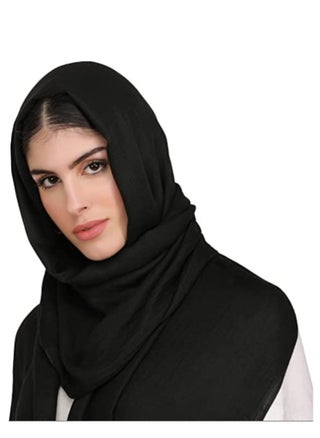Material and Fabric:
Scarves come in a variety of materials, including wool, silk, cotton, and synthetic blends. The material not only affects the scarf's appearance but also its functionality. For example, wool scarves are great for warmth, while silk scarves may be chosen for a more luxurious look.
Design and Patterns:
Scarves often feature a wide range of designs and patterns. This can include solid colors, stripes, polka dots, floral prints, or even more intricate designs. The choice of design allows individuals to express their personal style and can complement different outfits.
Size and Shape:
Scarves come in various sizes and shapes. Some are long and rectangular, ideal for draping or wrapping around the neck. Others may be square or even triangular. The size and shape of a scarf can impact how it is worn and the overall look it creates.
Functionality:
Scarves serve both practical and aesthetic purposes. Beyond providing warmth, scarves can be worn for fashion, adding a stylish touch to an outfit. Different tying techniques, such as loops, knots, or drapes, offer versatility in how scarves can be worn.
Seasonal Variations:
Scarves are versatile accessories suitable for various seasons. Thicker, warmer scarves are popular in colder months, providing insulation against the cold. In contrast, lighter scarves in breathable fabrics are favored during warmer seasons, offering a fashionable accent without overheating.
Remember, the features of scarves can vary widely based on individual preferences, fashion trends, and cultural influences.
استرجاع مجاني وسهل
أفضل العروض

